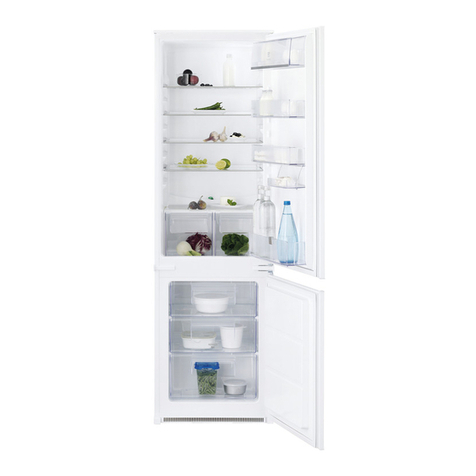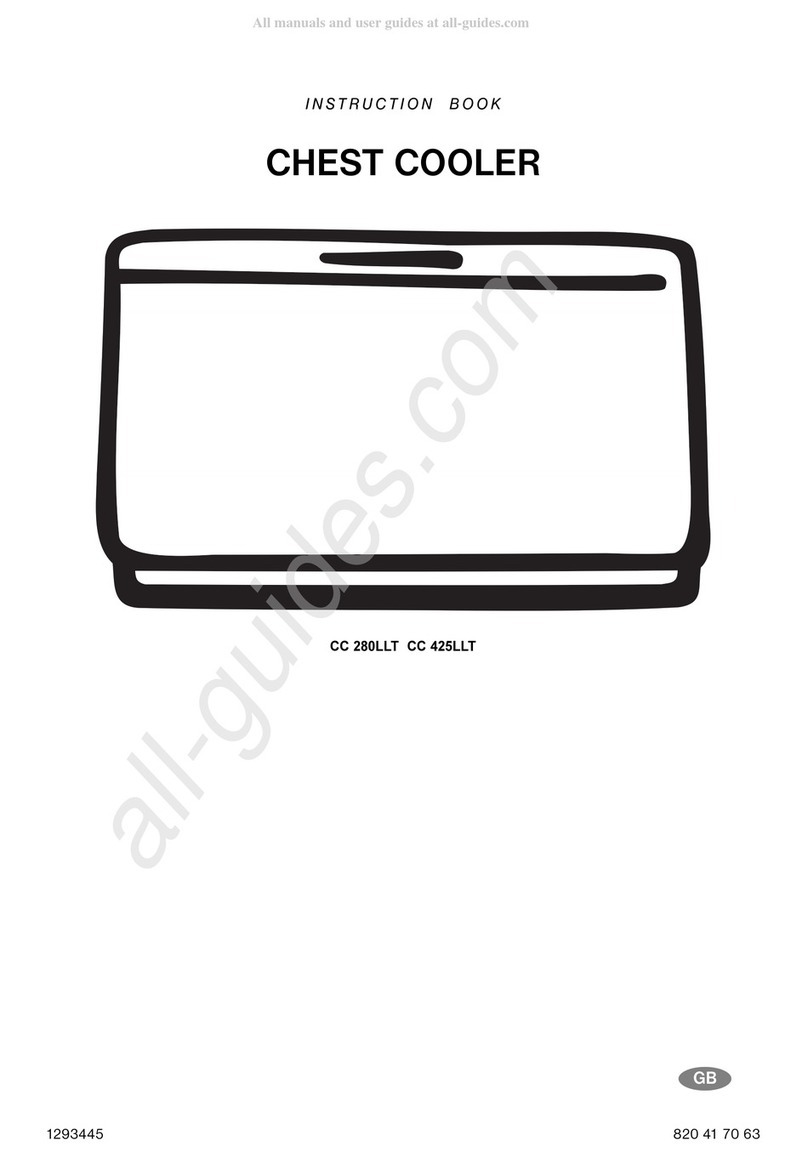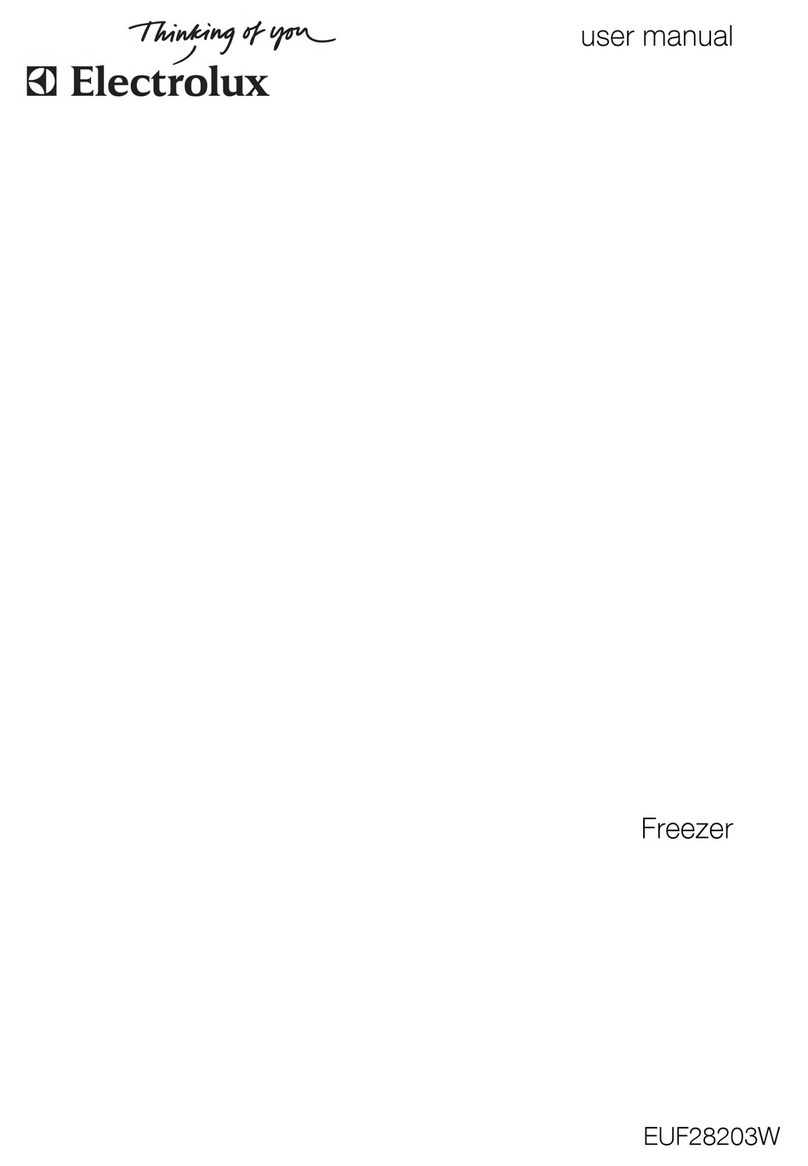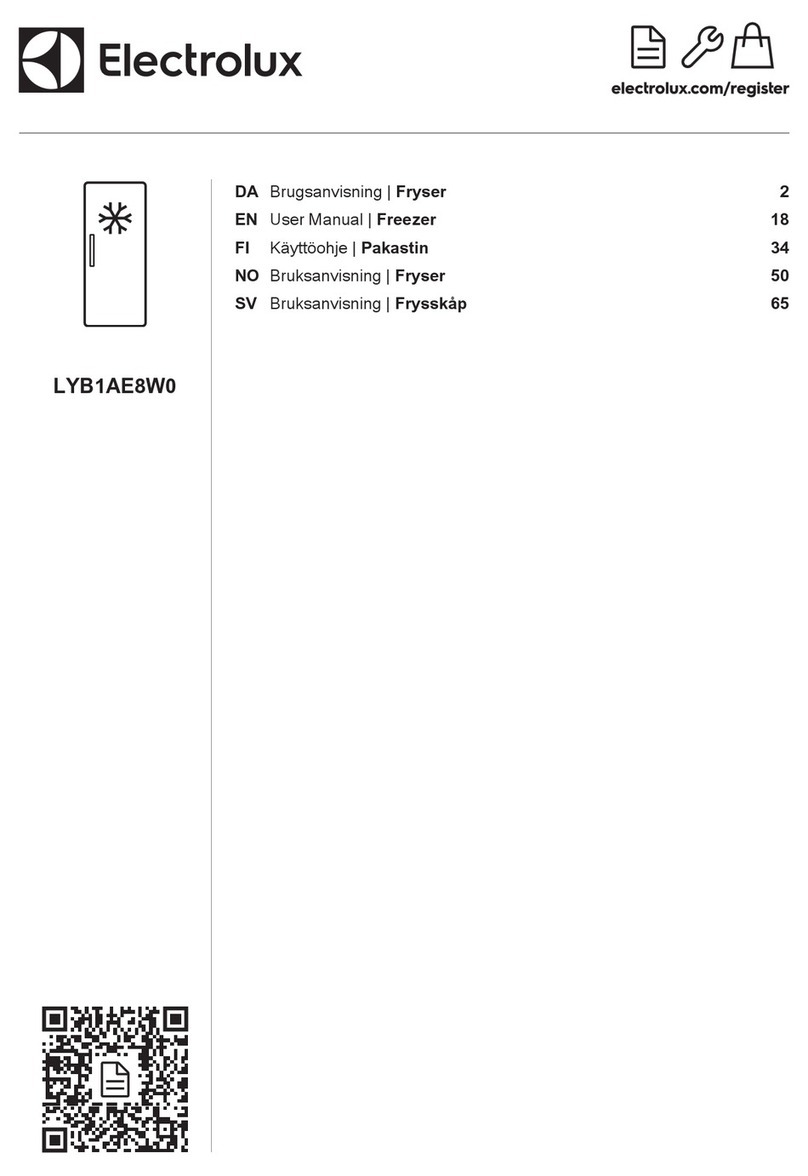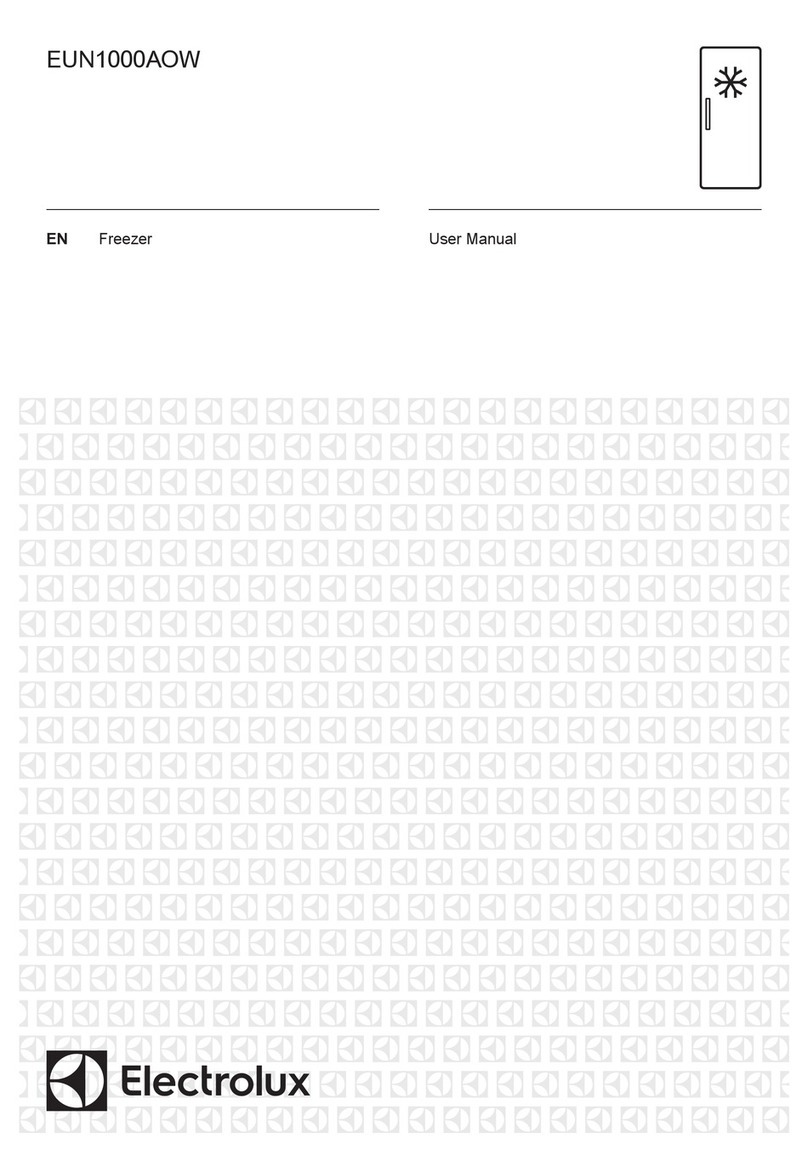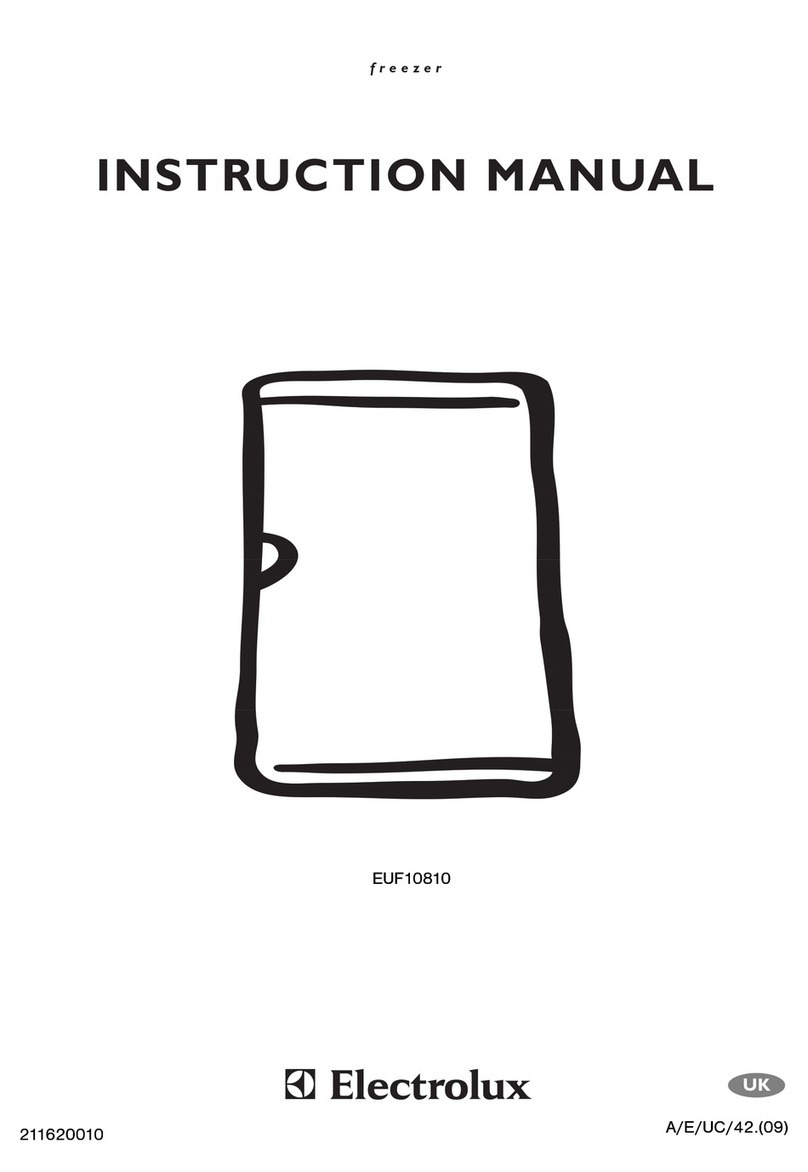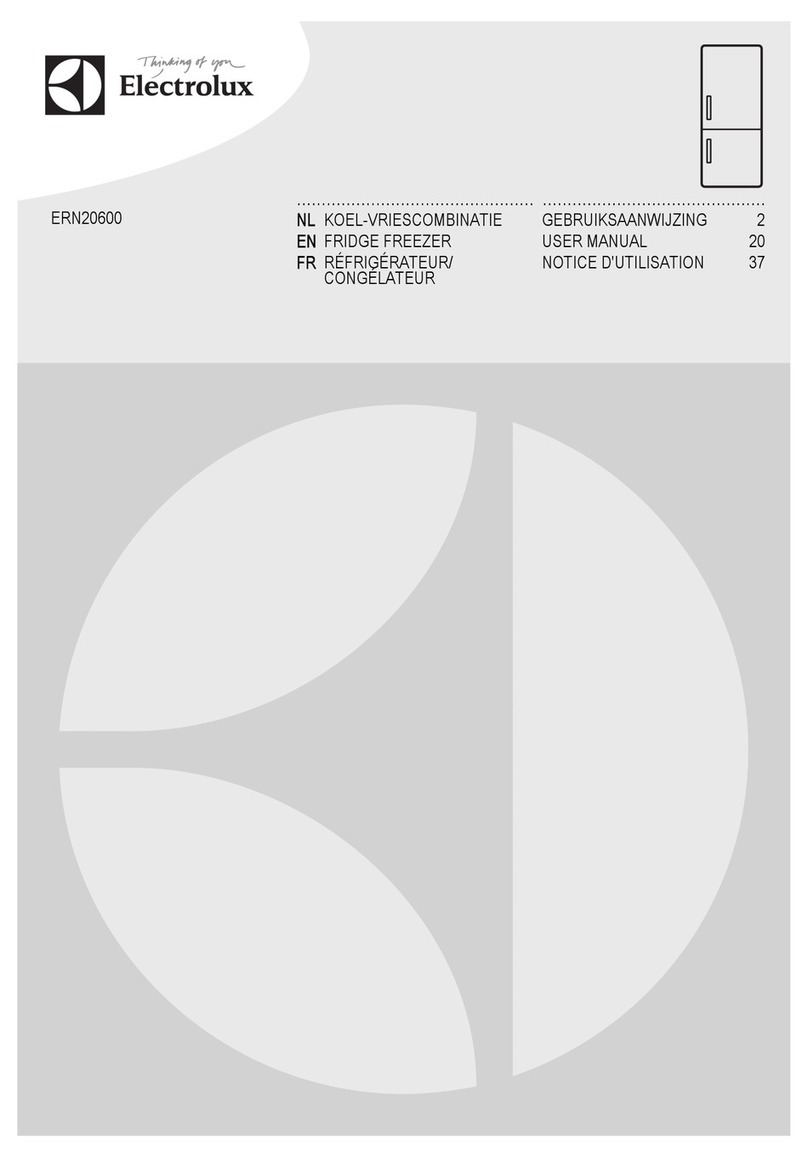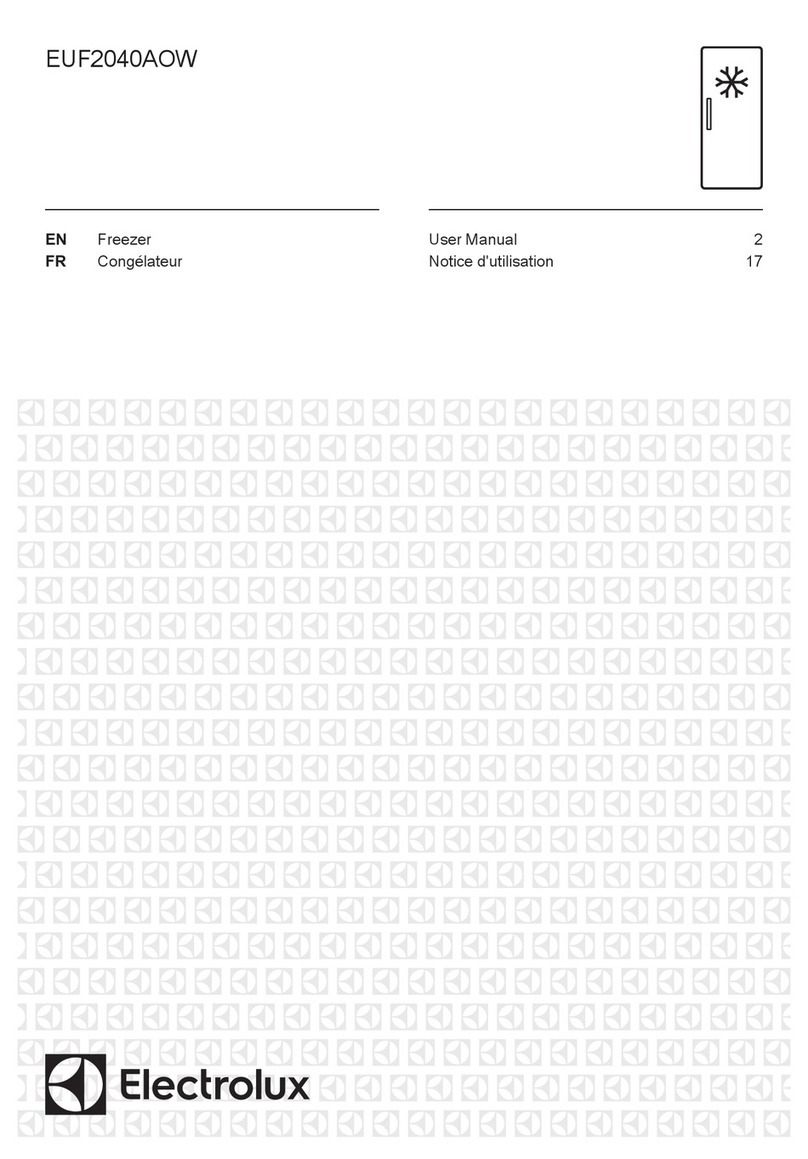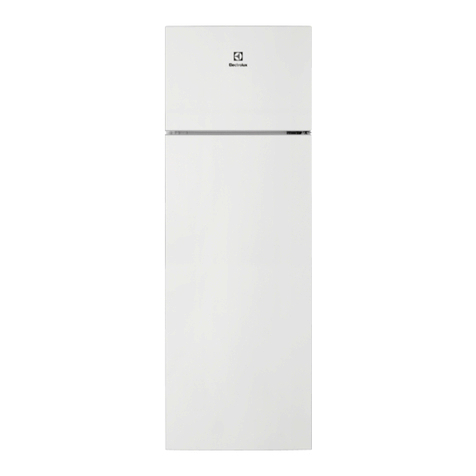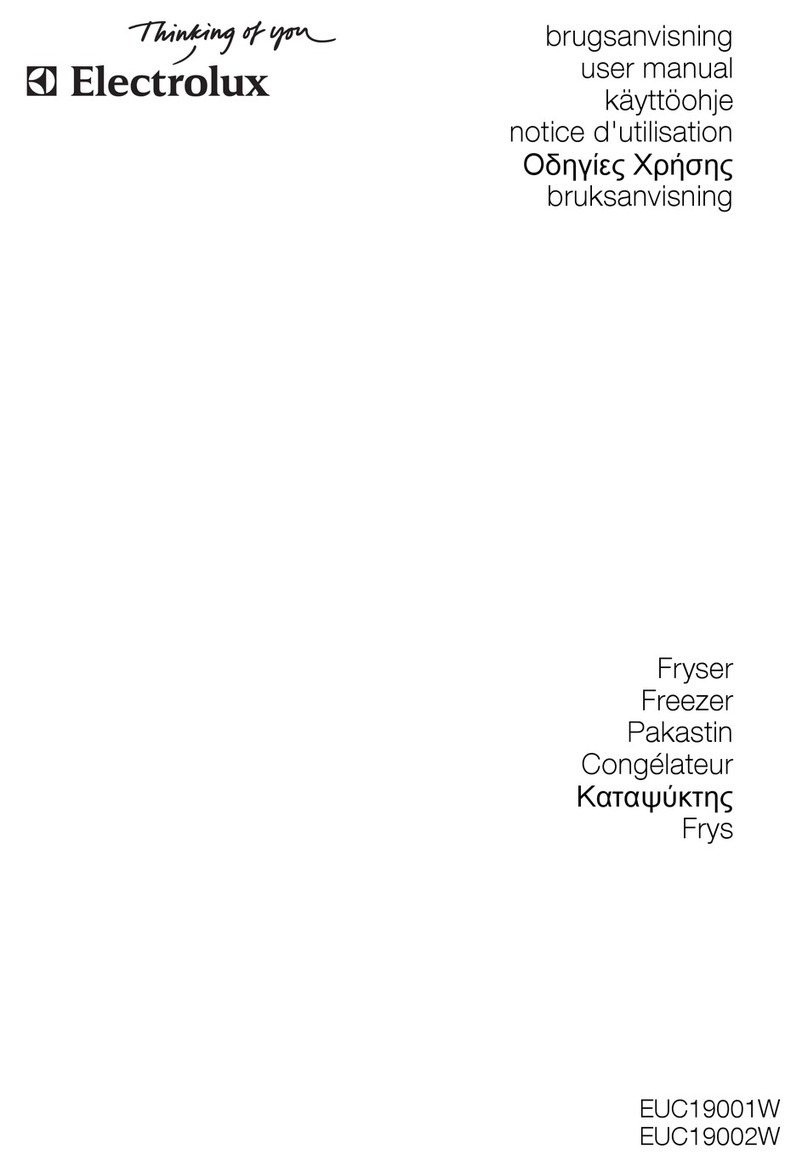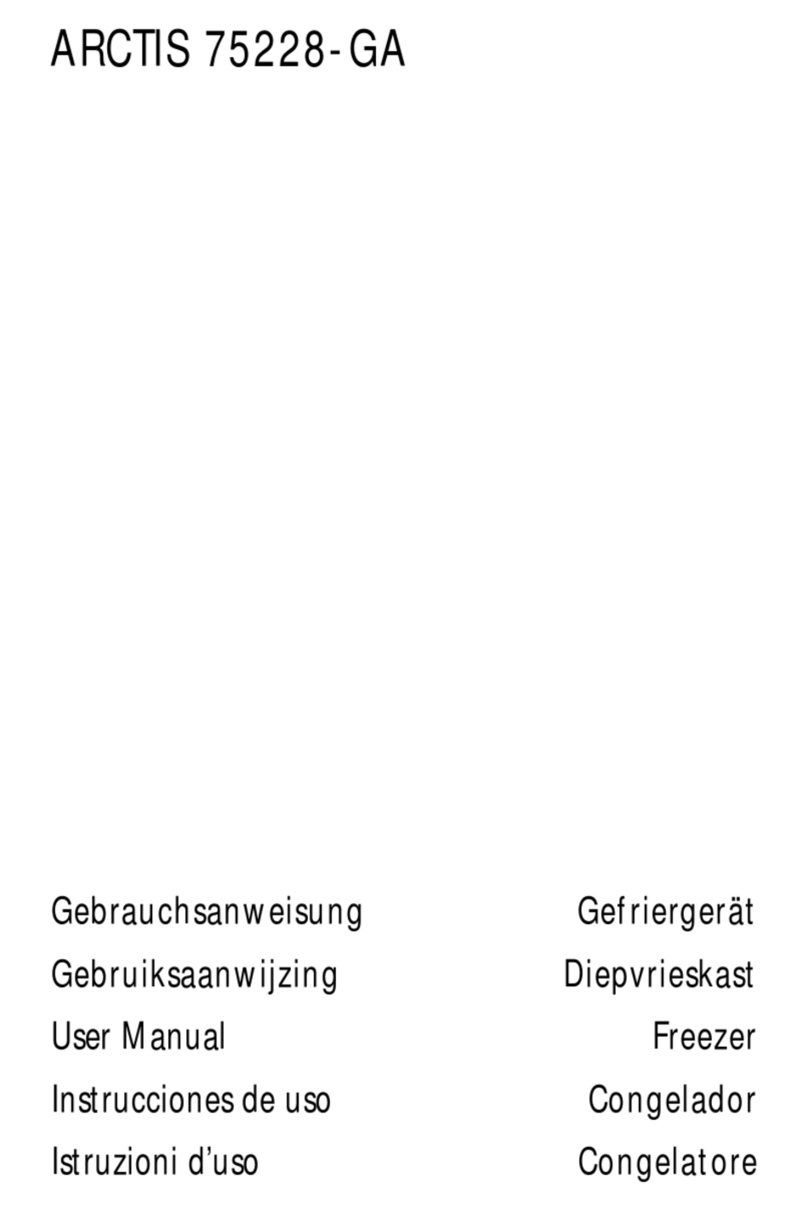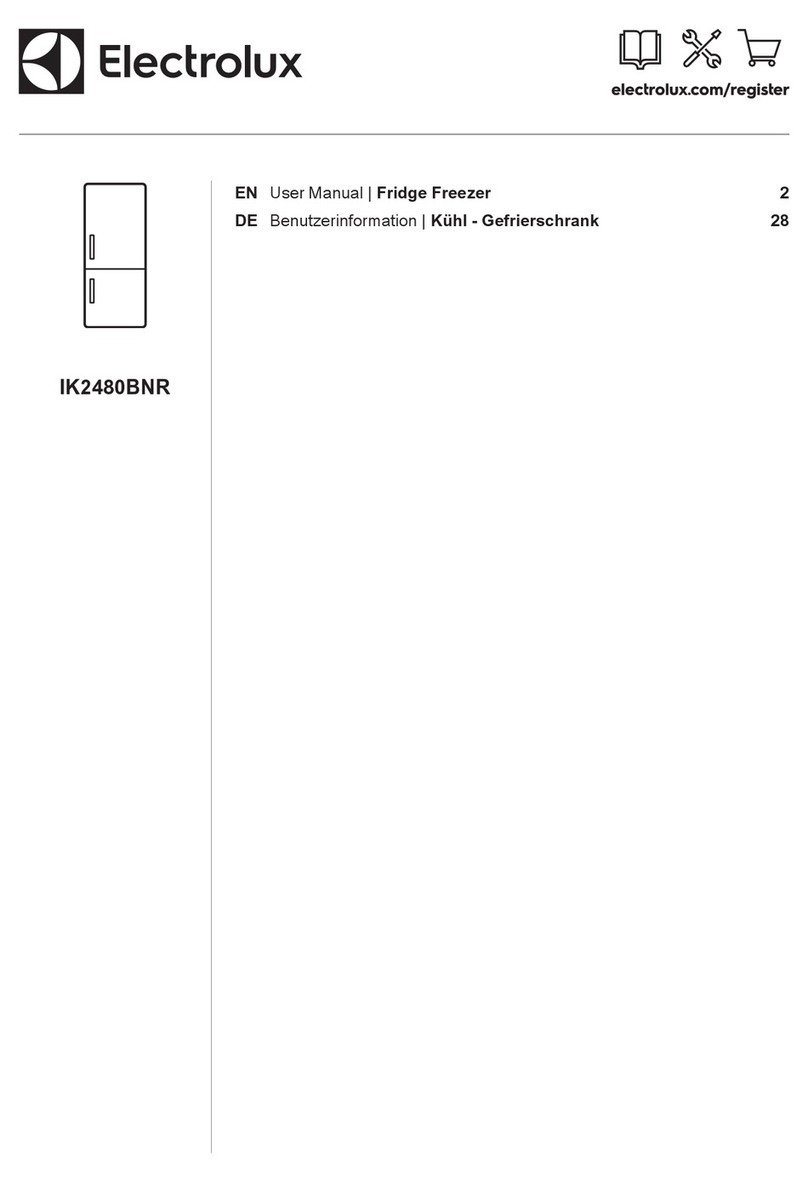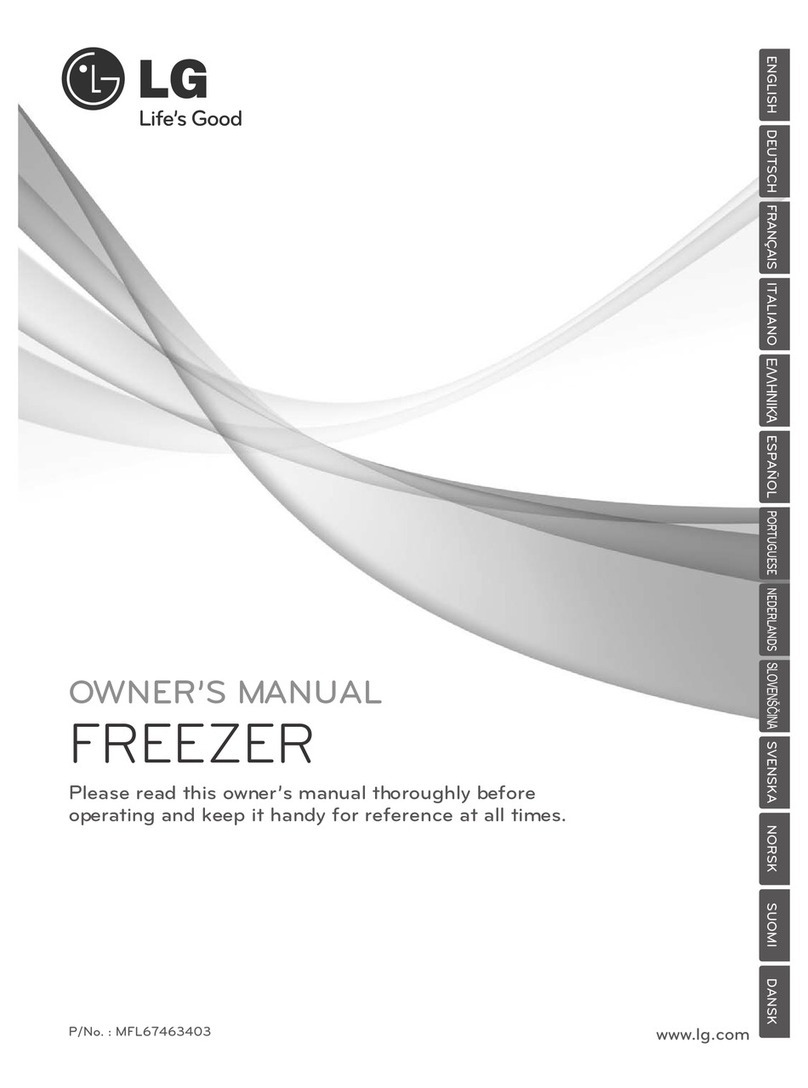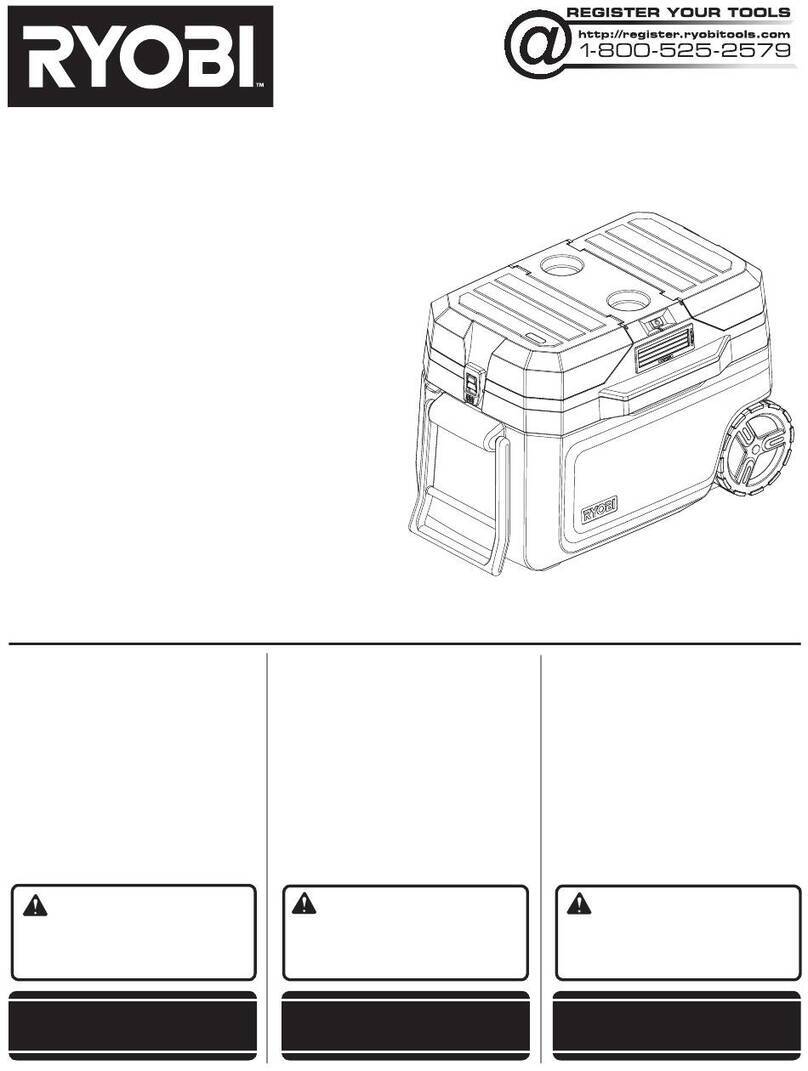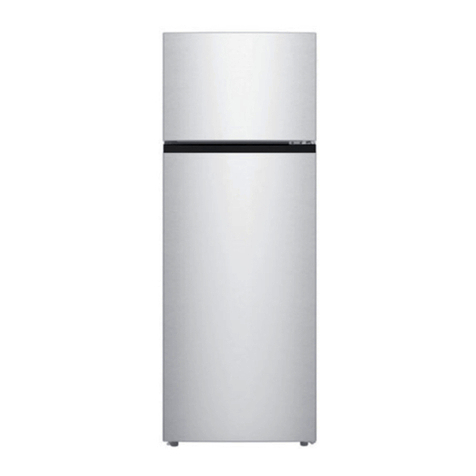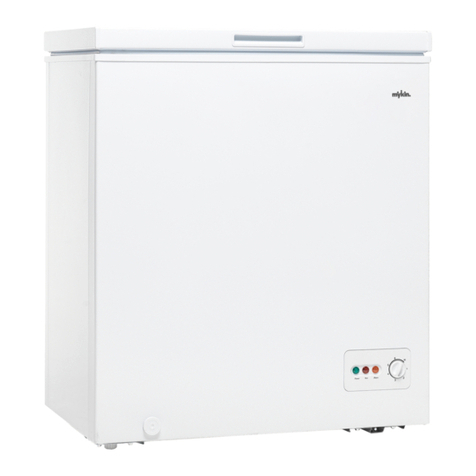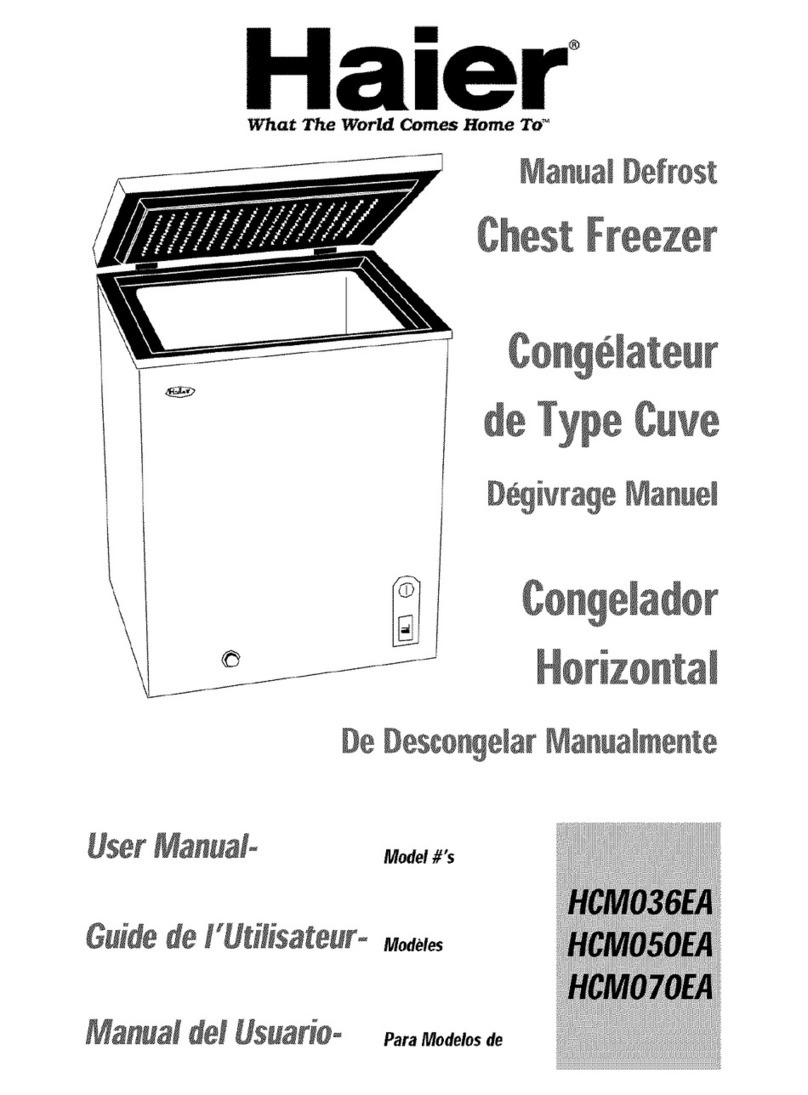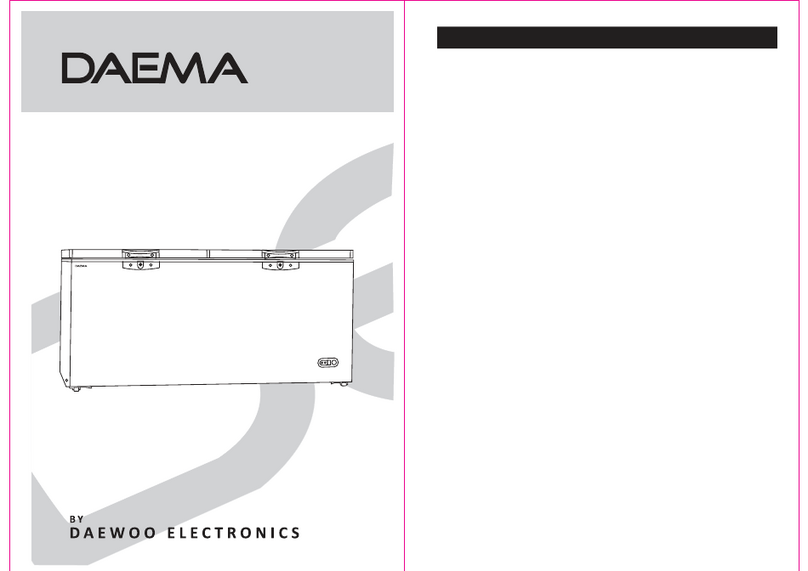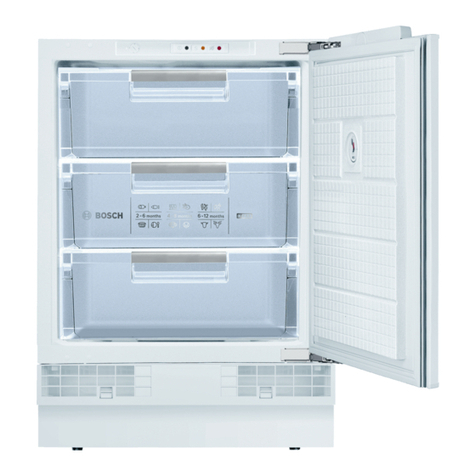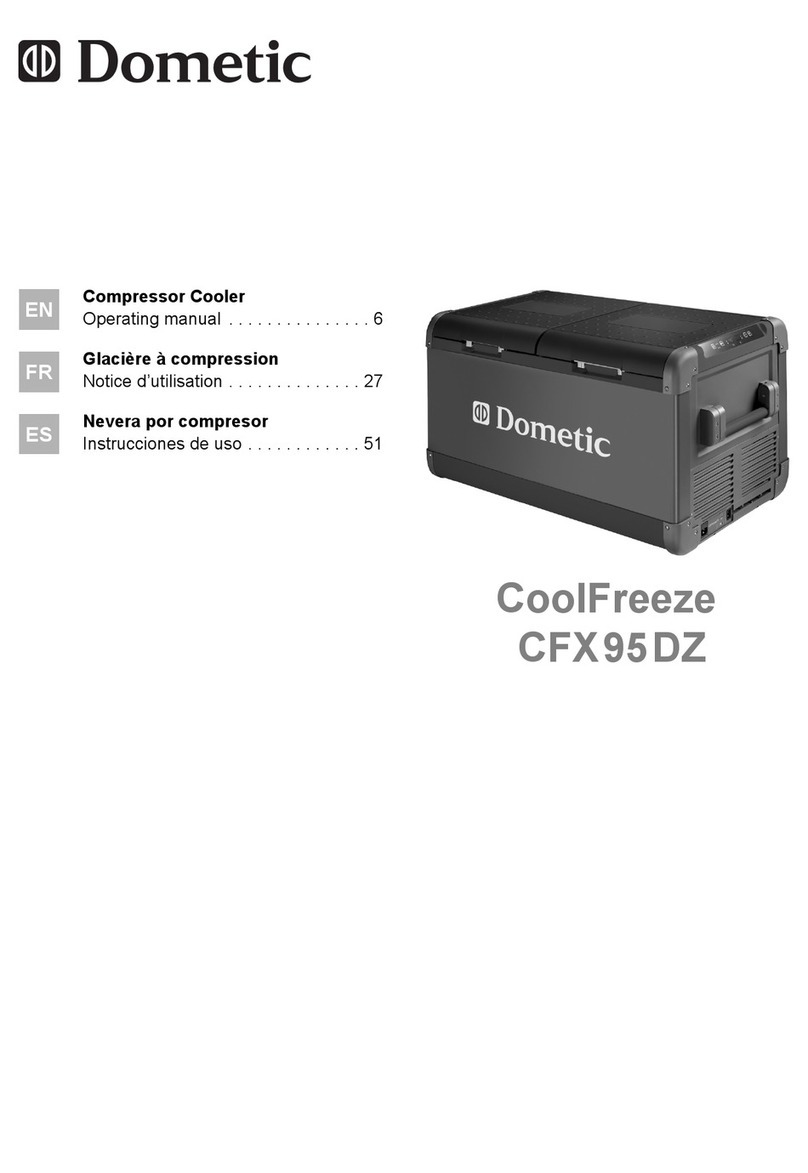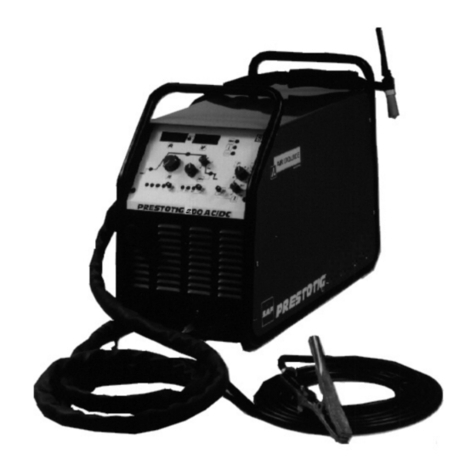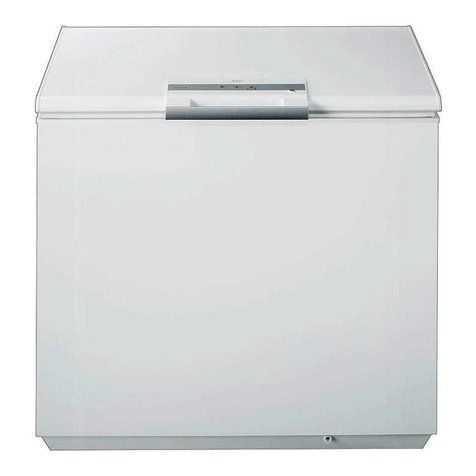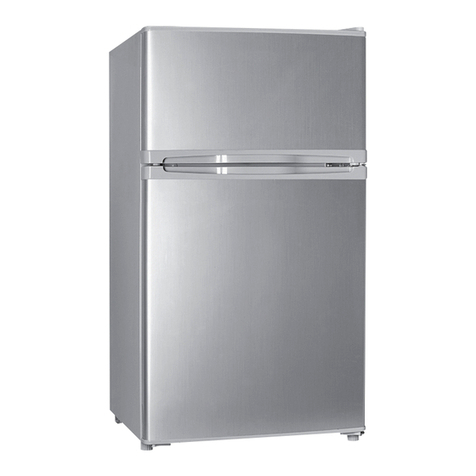3
I PORTANT SAFETY INSTRUCTIONS
It is most important that this instruction book should be retained with the appliance for future reference. Should
the appliance be sold or transferred to another owner, or should you move house and leave the appliance,
always ensure that the book is supplied with the appliance in order that the new owner can be acquainted with
the functioning of the appliance and the relevant warnings. These warnings are provided in the interest of safety.
You must read them carefully before installing or using the appliance.
General Safety
•This appliance is designed to be operated by adults.
Children should not be allowed to tamper with the con-
trols or play with the product.
•Before any cleaning or maintenance work is carried
out - such as replacing the interior light bulb, where
fitted - be sure to switch off and unplug the appliance.
•Ice lollies can cause frost burns if consumed straight
from the appliance.
•This appliance is heavy. Care should be taken when
moving it.
•Take utmost care when handling your appliance
so as not to cause any damages to the cooling
unit with consequent possible fluid leakages.
•The appliance must not be located close to radia-
tors or gas cookers.
•Avoid prolonged exposure of the appliance to di-
rect sunlight.
•There must be adequate ventilation round the
back of the appliance. Avoid any damage to the re-
frigerant circuit.
•FOR FREEZERS ONLY (except built-in models): an
ideal location is the cellar or basement.
•Do not use other electrical appliances (such as ice
cream makers) inside refrigerating appliances.
Service / Repair
•Any electrical work required to install this appliance
should be carried out by a qualified electrician or com-
petent person.
•This appliance should be serviced by an authorised
Service Centre.
•Use genuine spare parts only.
•This appliance contains hydrocarbons in its cooling
unit; maintenance and recharging must therefore only
be carried out by authorised technicians.
•Never use metal objects for cleaning your appliance
as it may get damaged.
•Under no circumstances should you attempt to repair
the appliance yourself. Repairs carried out by inexpe-
rienced persons may cause injury or more serious
malfunctioning.
Refer to your local Service Centre, and always insist
on genuine spare parts.
Positioning
•Care must be taken to ensure that the appliance does
not stand on the electrical supply cable. Important: If
the supply cable is damaged, it must be replaced with
a special cable of the same type or a special kit avail-
able from the manufacturer or from authorised service
centres.
•During normal operation, the condenser and compres-
sor at the back of the appliance heat up considerably.
For safety reasons, minimum ventilation must be as
shown in the relevant paragraph. Attention: Keep
ventilation openings clear of obstruction.
•Parts which heat up (such as compressor housing,
condenser and their piping) should not be exposed.
Wherever possible the back of the product should be
against a wall.
•If the appliance has been transported horizontally, it
is possible that the oil contained in the compressor
flows in the refrigerant circuit. It is advisable to wait at
least two hours before connecting the appliance to
allow the oil to flow back in the compressor.
Use
•The domestic refrigerators and freezers are designed
to be used specifically for the storage of edible food-
stuffs only.
•Frozen food must not be re-frozen once it has been
thawed out.
•Manufacturers’ storage recommendations should be
strictly adhered to. Refer to relevant instructions.
•Typically, the cooling parts of all refrigerators and
freezers will develop frost and/or ice build-up over
time. On Manual Defrost models, frost must be re-
moved manually, whereas No-Frost models will de-
frost automatically. Never use metal objects for
defrosting your appliance as it may get damaged.
Frost may be removed by using the supplied plastic
scraper.
•Do not use any mechanical device or artificial means
to speed up the thawing process other than those rec-
ommended by the manufacturer.
•Do not use sharp or pointed instruments to scrape off
frost or ice.
•Never put fizzy drinks in the freezer as they might well
burst.
